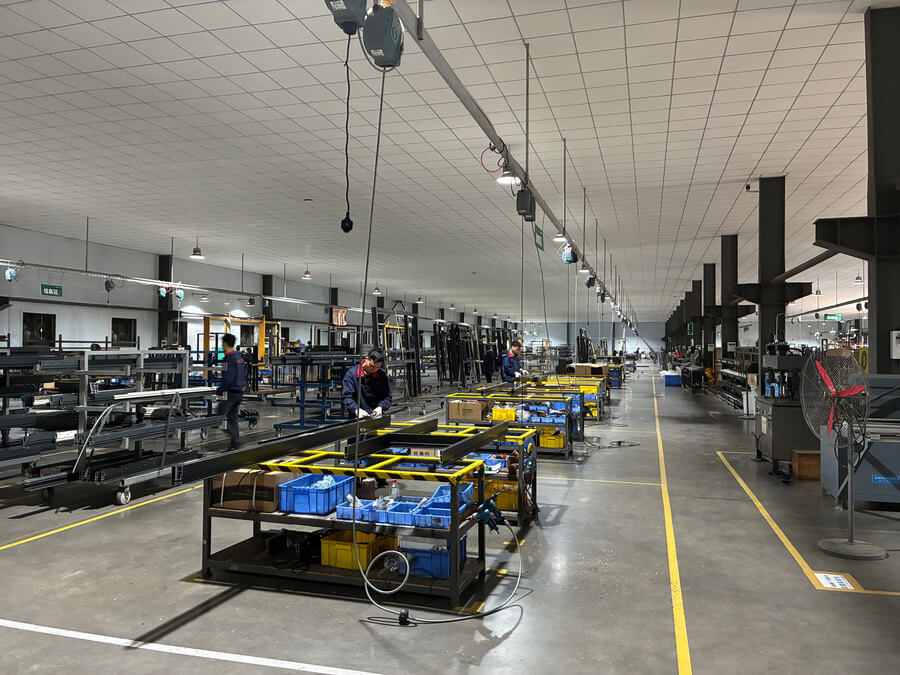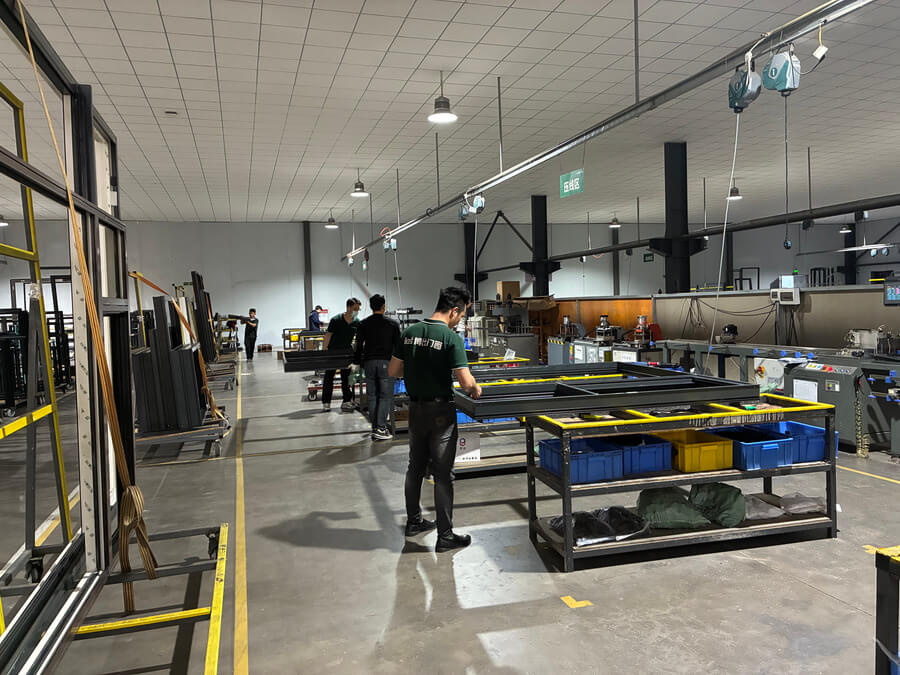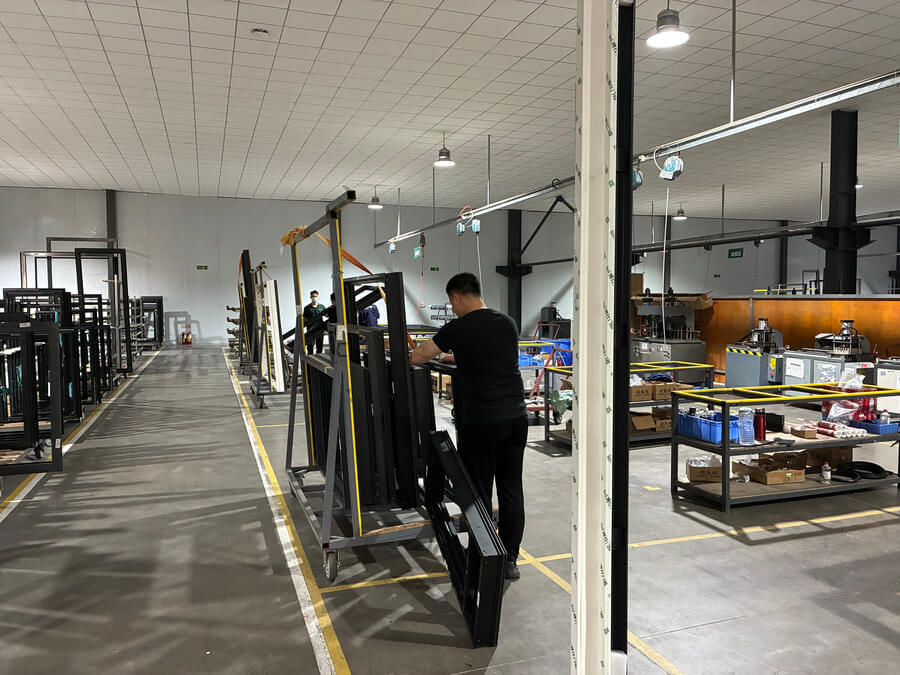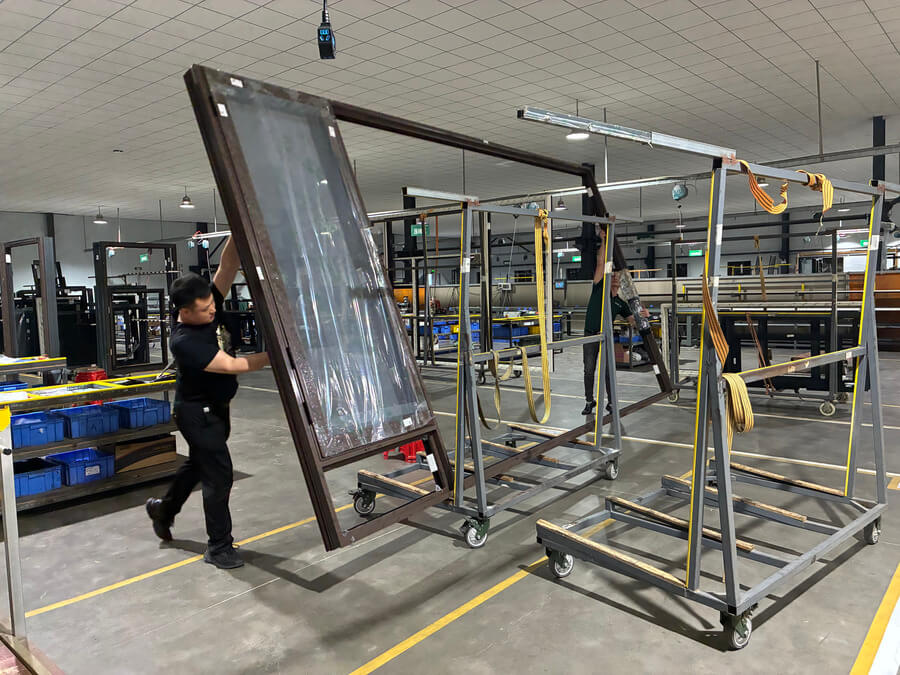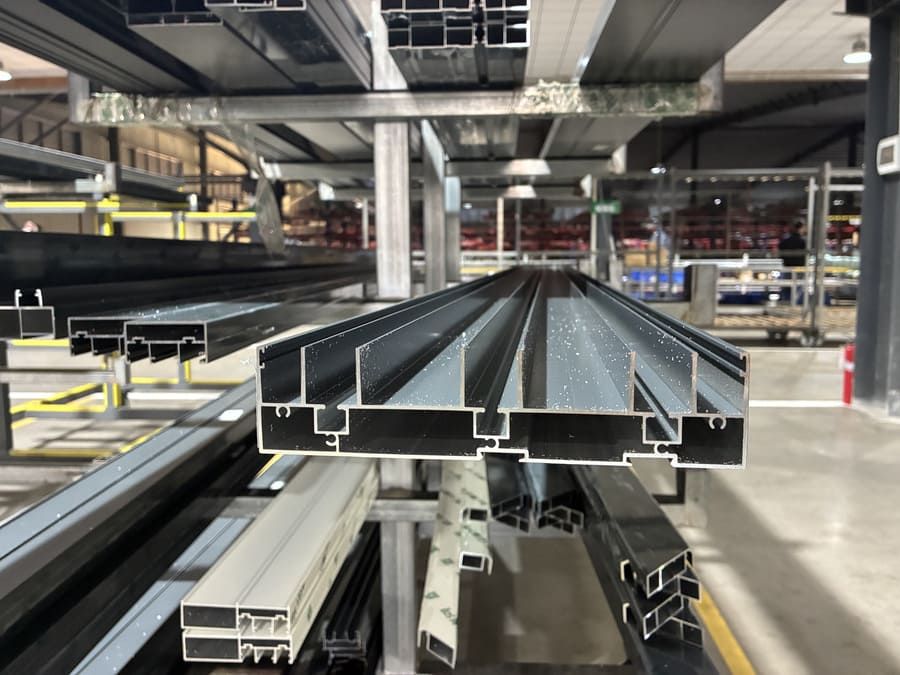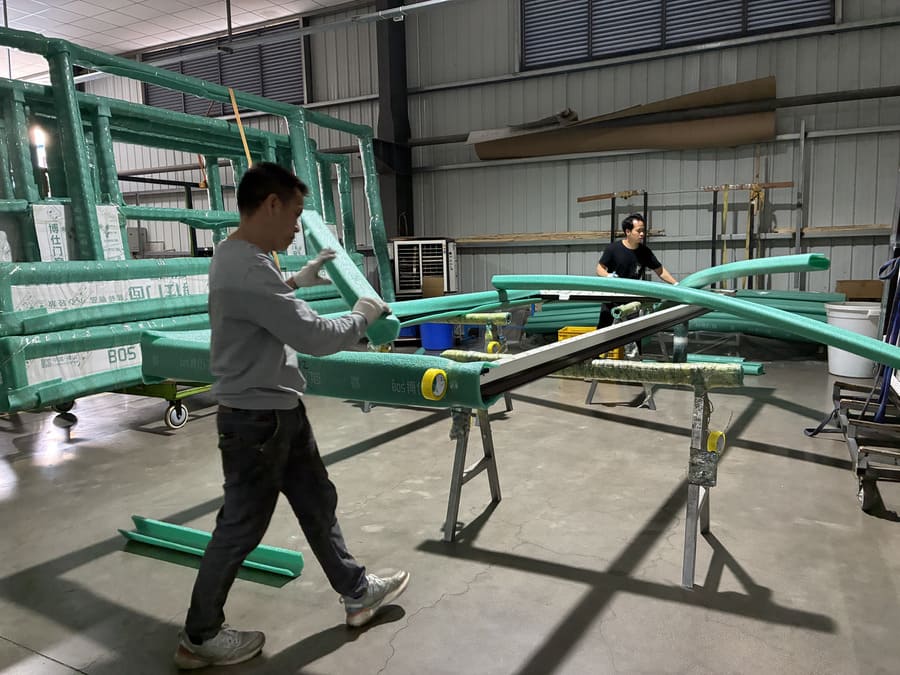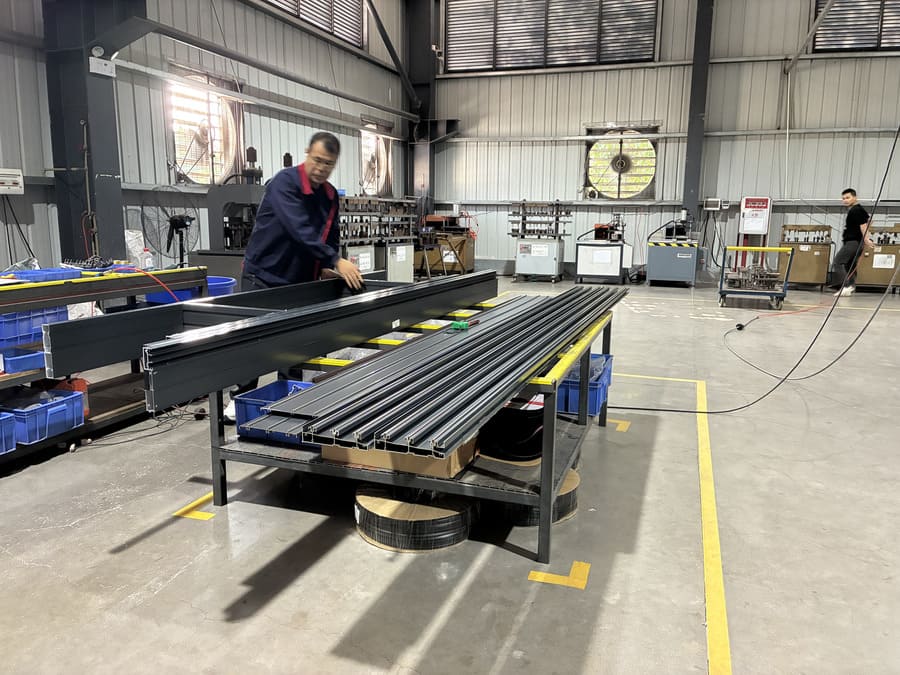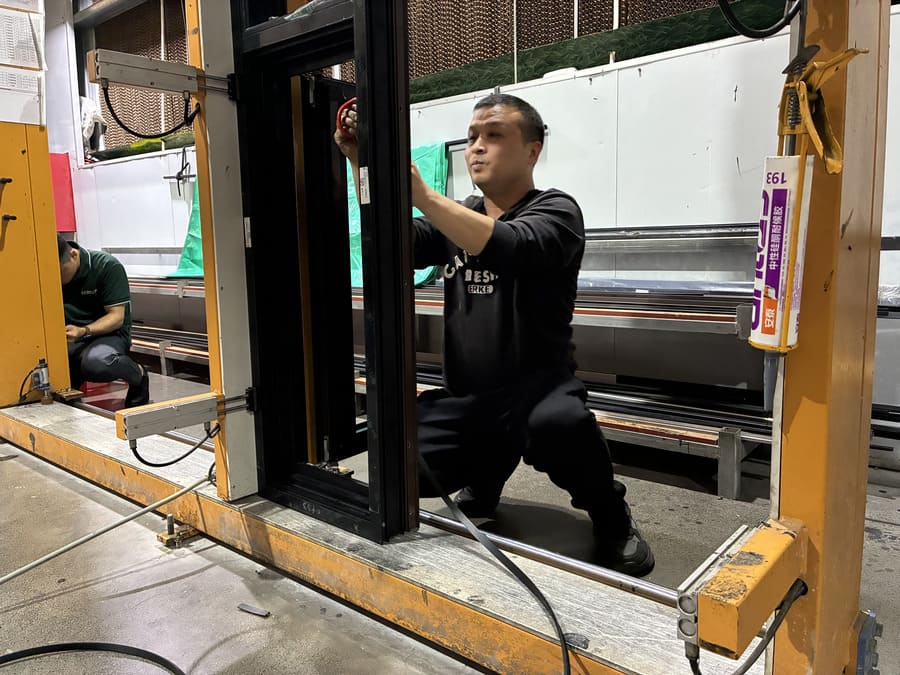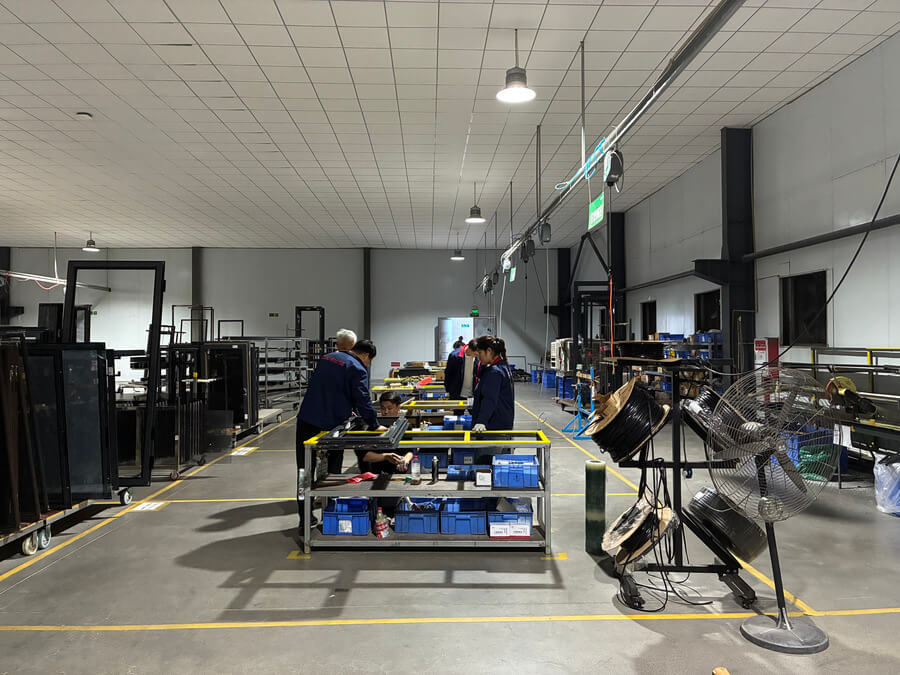What is a Window Reveal?


A window reveal is that part of the wall surface that borders and frames the four sides of a window. It is a transitional detail between the window frame and the wall finish on the inside or outside. In other words, it’s what you see when you look at the sides and top or bottom of a setback window opening.
It also serves several practical purposes, as well as providing a finished look. It will conceal the structural parts of the wall, seal any voids between the wall and the frame, and add insulation by reducing thermal bridging.
Reveals can be made from a range of materials like plasterboard, timber, aluminium, or cement sheet, depending on your project’s style and performance requirements. The reveal’s depth, width, height, and form affect the way light enters a room and how the window is perceived from a range of angles.
Benefits of Window Reveal


Here are several purposes of window reveals:
- Controlling Moisture: Keeping everything dry is of utmost importance for a window reveal. A correctly flowing reveal leads rainwater away from the frame and walls, thus strongly reducing the chances of leakage, mold, and rot. In so doing, the building is shielded while almost simultaneously enhancing the window’s longevity.
- Greater Insulation: Window reveals play an important role in keeping away heat transfer from the outside. This, in turn, reduces thermal bridging, leaving your house warm in the winter and cool in summer. Thus, that increases energy efficiency and lowers heating and cooling bills.
- Finish the structure: Neaten up the full perimeter surrounding a window opening, finishing off gaps and sharp wall edges. This creates a neat, professional finish and will cause the window to fit securely. A neat finish also facilitates future maintenance and prevents the possibility of cracks appearing in the future.
- Cosmetic enhancement: They also have their role in the clean, sharp lines that define modern architecture. They add depth, produce shallow shadowing, and make the window a design feature rather than just an opening function. The shape and height of the reveal will completely shift how light interacts with a space, and the interiors will be more energetic and visually interesting.
- Integration into style: Reveals on windows serve to bring the inside and outside design of a building together. They may be designed to bring other architectural details, finishes, or colors together to unify the entire design.
Types of Window Reveal

Below are the common types of window reveal:
Timber Window Reveal
Timber is the most widely used material for window reveals.
Timber surrounds windows and doors, which serve as a sturdy frame to keep your window safe. In order to fill in the spaces left by the plasterboard, fit architraves are subsequently added.
Classic, historical homes or those wishing to make a traditional statement with their design choices are more likely to use this design. To guarantee that they satisfy the particular requirements of the project, they are typically custom-made.
Brick Window Reveal
These are common in properties with a brick exterior, and they offer an extremely durable base and sleek aesthetic that can complement your home’s entire design.
While both brick and timber offer similar functional benefits, they offer aesthetics that differ slightly between the two materials. Which type is best for you will fully depend on your personal preferences, style, and what visual impact you’re looking to achieve with your property.
Plaster Return Window Reveal
A plaster return window reveal is similar to a boxed reveal in appearance, with the exception that there is no apparent timber or brick window frame. This implies that the plaster will be applied seamlessly from the wall to the glass, resulting in a beautifully blended look.
This type of window reveal is most typically utilised in bathrooms or kitchens where tiles can extend to the frame. The tiling will protect the reveal from water damage, and cork and silicone can be used to create a water-resistant seal.
A well-designed window reveal may transform a simple window into a striking architectural landmark.
Shadow line reveals
Shadow line reveal windows accomplish a deliberate small gap between the stud wall frame and the frame, so that it looks as if it is floating. This design gives a crisp, clean edge preferred in ultra-contemporary and luxurious architecture. It gives the feeling of great depth while keeping the window unit resolved and crisp.
Recessed reveals
Recessed reveals go further into the wall, forming a shadow and giving more perspective and drama to the window. This is the most common type used for bold architectural treatment. It is well-suited for modern or minimalist buildings. Recessed reveals bring attention to the thickness of the wall, creating a sculptural effect and helping to limit over-brightness and glare into the rooms.
Design Ideas for Window Reveals

Here are some inspiring design ideas to help you select the right approach to window reveals:
Minimalist and contemporary approaches
For a contemporary, minimalist appearance, minimalist reveals are perfect. These designs incorporate neat lines and rounded edges, frequently employing flush or shadow line reveals to blend window and wall for an unbroken curve. By reducing visual noise, these reveals make the most of natural light and bring about openness into the room. They suit contemporary homes, particularly where simplicity is essential.
Classic and traditional design inspirations
Shining light through windows with a timeless beauty is what is offered by traditional or classic reveals. These reveals have deeper profiles, or ornate trims that sculpt depth and width into their detailing. Flat timber edge reveals also fit into the traditional concept, as they endow a certain warmth and character to the interior. The finishes should be coordinated in harmony with the other fixtures in the room to nurture a soothing atmosphere.
Material choices: Timber, Plaster, Aluminum, and More


Selecting the right material will help you achieve the particular design and durability that you need. Wood log yields a natural warm look and may be stained or painted to suit either modernly arranged rooms or classic setups. Plasterboard delivers a clean and crisp look with a minimalistic or modern design.
Aluminum reveals are metallic, strong, and waterproof, making them preferable for modern residential buildings or commercial structures. Composite or PVC options suit the buildings with a bucketful of moisture exposure, requiring fewer maintenance. Choosing the right sort will affect not only the look of maintenance but also future needs.
Color and Finish Ideas to Complement Interiors and Exteriors
Color is a strong tool in window reveal design. A contrasting, bold colour can frame the window quite dramatically, making it a real feature. Conversely, matching the wall and reveal colour produces a subtle, integrated appearance that is calm and continuous.
Natural wood finishes bring warmth and texture, and darker finishes can bring a bold architectural edge. For exteriors, you can match the reveal to your façade color for a streamlined appearance, or go for a contrasting finish to bring depth and visual interest from the outside.
Best Practices for Window Reveal Installation


Here are a few practices to get the best from window reveal installation:
Correct Sizing and Alignment Tips
Sizing and alignment are crucial to create a neat, professional finish. The depth of the reveal must be the same as the wall thickness and appropriately house the frame. Good measurement avoids gaps that can cause drafts or uneven finishes.
When squaring the reveal, make it level and square on all sides. Reveals that are not well aligned can make even the most beautiful window look like it has been incorrectly installed. A laser level or spirit level applied throughout gives a crisp, juts edge that enhances the overall design.
Waterproofing and Insulation Considerations
A properly installed window reveal serves to do more than please the eye; it ensures your home does not suffer water damage and heat loss. Proper waterproofing keeps water out of the wall cavity where it can be blocked and result in rot, mold, and structural damage.
Employ proper flashing and water-resistant membranes around the contact points before fixing the reveal. Incorporate the insulation materials into the window perimeter to ensure better thermal performance.
Common mistakes to avoid
One of the commonly made errors is underrating preparation. Without a good sealing process or with inferior materials used on sealing, cracks and leaks will form in the future.
Another one is failure to check the location’s environmental conditions, like humidity and more. Rushing through the installation process and ending up with reveals that are not properly aligned or set are common problems that can be avoided. Double-check all measurements, and give sealants or adhesives enough time to cure or set.
And lastly, do not plug materials that may not fit your construction type or climate. Take, for example, using timber reveals in damp climates without being treated leads to warping or rot.
Conclusion

While it sounds like a little detail, the window reveal holds the greatest value in determining what constitutes a finished window and the various methods available for its organization. In modern architecture, the reveal stands between moisture control, insulation technique, and a bold visual statement. It also creates a sense of style and continuity.
Using the proper type of reveal appropriately will enhance an otherwise utilitarian opening into a magnificent architectural framing of light and views. Get in touch with Boswindor today to learn more about the various types of window reveals available, as well as how they can help you achieve multiple goals around your house.







